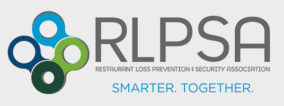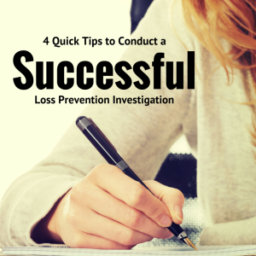Crisis Plan? It’s Easy If You Do It Smart
Customers and employees of restaurants and fast food establishments trust that they will be safe in the public workplace. But bad things can happen. Knowing how to respond to the unthinkable situation – an active shooter in a public place of business – can limit revenue loss, minimize property damage, and, above all, protect employees and customers.
When a crisis of this magnitude occurs – everyone from top management to the newbie server should be aware of the crisis plan and the procedures set in place to follow it. They should know what to do to keep themselves and others safe. Quick and efficient action can save lives.
Each restaurant has its own culture, personnel diversity, legal regulations, and threat potential, so crisis plans should be based on the individual business and business location. A comprehensive and effective plan will include three parts: Preparedness, Response, and Recovery. Enacting a crisis plan with these three components will enable fast, coordinated responses with the real potential to save lives and reduce injuries.
Part One: Prepare.
Being prepared is vital to the positive outcome of a crisis.
A Preparedness Plan should include:
- Needs assessment (locking system information, access control procedures, first-aid supplies, radios, phone lines, contact information, maps, facility information, etc.).
- Creation of a crisis team; orchestrated coordination will avoid duplication, confusion, and mixed messages.
- Development of a process for safe places or evacuation should a shooting occur.
- Considerations must be put in the plan for employees with disabilities or limited language skills.
- Time for relationship building and information sharing with local media, health professionals, law enforcement, safety officials, etc.
- Establishing clear lines of communication with all involved parties. Plot several means of communication during a crisis.
- Creation of maps and layouts of facilities. Location of utility shut-offs and potential staging sites will be needed by emergency responders.
Part Two: Response.
Clearly outline the response steps to be taken during the crisis should a shooting take place.
A Response Plan should include:
- Communications (what is to be done and when) to various employee groups in language they will understand.
- Regular training and drills for crisis scenarios. People tend to go on “auto-pilot” in emergency situations. They need to know and feel comfortable enough to follow the prepared action plan.
- Procedures for hunkering down on-site or evacuation.
- Accounting for all employees and guests.
- Taking photos of the scene, damage, etc.
- Debriefing/interviewing of all parties involved.
Part Three: Recovery.
It’s important to have a plan in place that outlines how to get back to business after a crisis.
A Recovery Plan should include:
- An organizational system or plan for who will take control of restaurant functions.
- Appointment of an information officer who will talk to the public, law enforcement, media, families, and victims, assuring them of the support that is available to them.
- Reaching out to outside entities that might be required: health care professionals, building inspectors, suppliers, etc.
- A written detailed report of all actions and all responses.
- A written report of all damage for insurance purposes.
Crisis Management: A Continuous Process
A crisis plan should be constantly and deliberately reviewed and revised. Effective crisis planning begins with top leadership to set the agenda, allocate funds, and bring the important decision-makers together. Being prepared takes time. Though there may be a sense of urgency to come up with a plan, a comprehensive plan will take time. Information has to be collected, stakeholders and personnel must be identified, a plan needs to be developed, resources have to be allocated, and training sessions have to be scheduled. The effort is worth it though, because when the crisis hits, you want a plan that you can trust.
For more crisis management tips, attend RLPSA’s 37th Annual Conference. Visit our conference website: www.rlpsaannualconference.com






